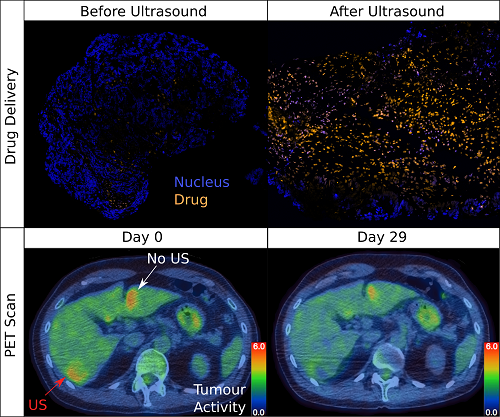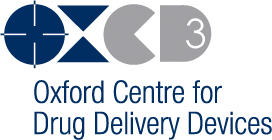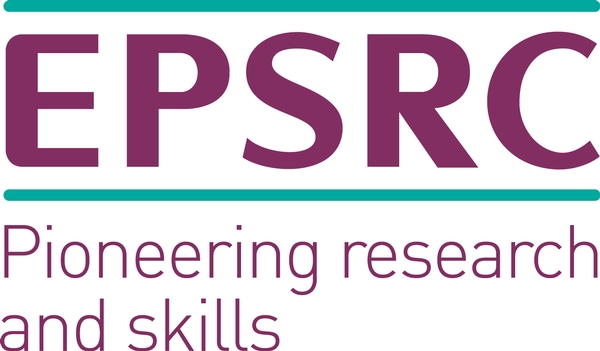ENGINEERING TOMORROW’S CANCER THERAPIES
The greatest challenge in oncological drug delivery is achieving successful penetration and distribution of the therapeutic agent throughout the tumour.
Research at the University of Oxford has shown that physical mechanisms triggered by ultrasound, magnetic fields or shock waves can dramatically improve the delivery and penetration of existing and experimental drugs into tumours.
The Oxford Centre for Drug Delivery Devices (OxCD3), which came into being in July 2014, seeks to transform both clinical and industry practice in drug delivery by demonstrating the value and feasibility of engineering approaches, involving a combination of stimulus-responsive nanocarriers and medical devices already in clinical use, for improved tumour uptake and therapeutic outcome.
The Centre is based at the University of Oxford and has been made possible by a £10.1 million Programme Grant which includes £6.4 million from the Engineering and Physical Sciences Research Council (EPSRC).
OxCD3 is a sustainable, world-unique multi-disciplinary research and training environment for combinational engineering of biology, chemistry and medical devices to improve drug delivery under a single roof.

(Taradox: Tumour response with and without Ultrasound, P. Lyon and C-C Coussios)





